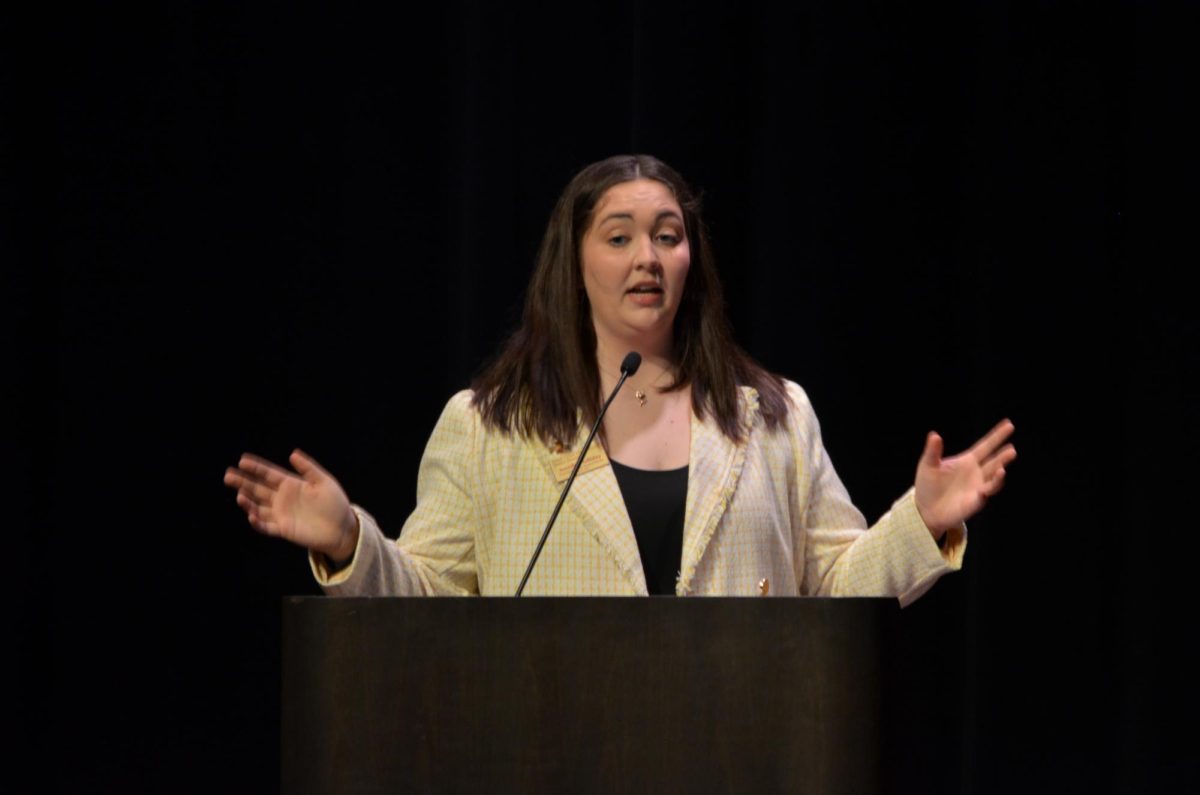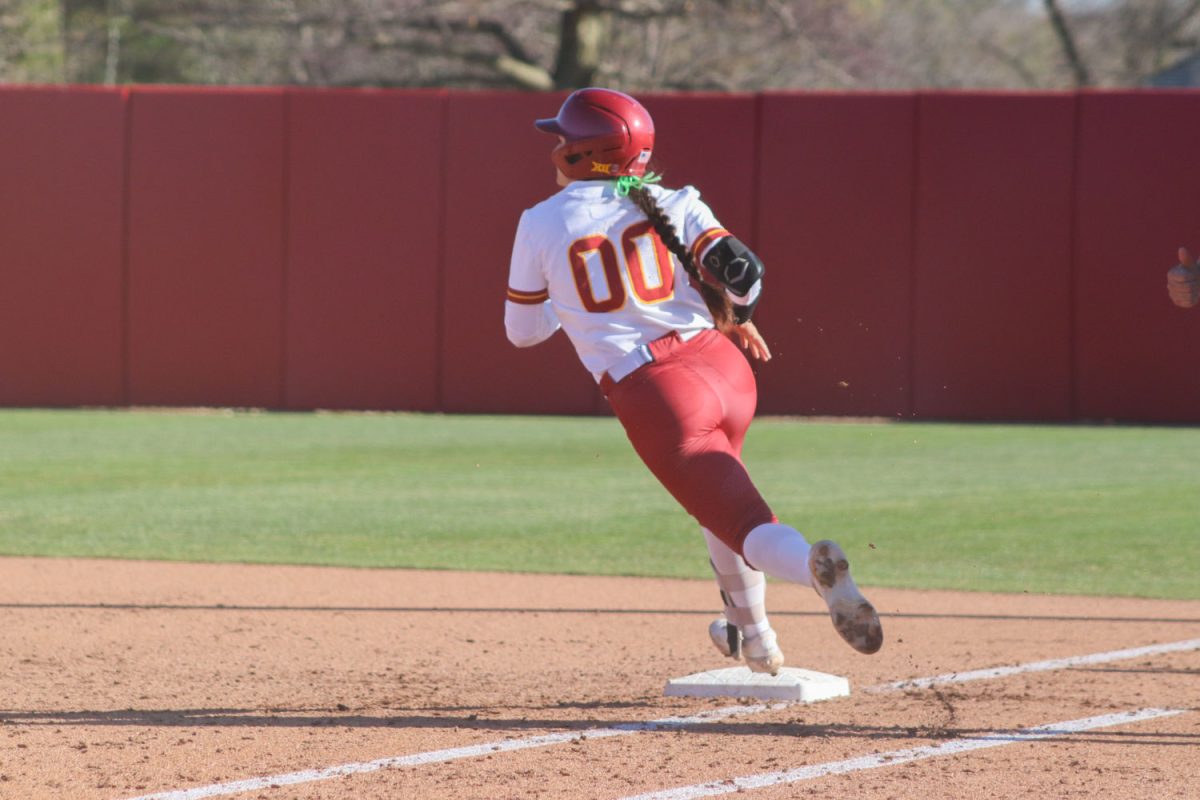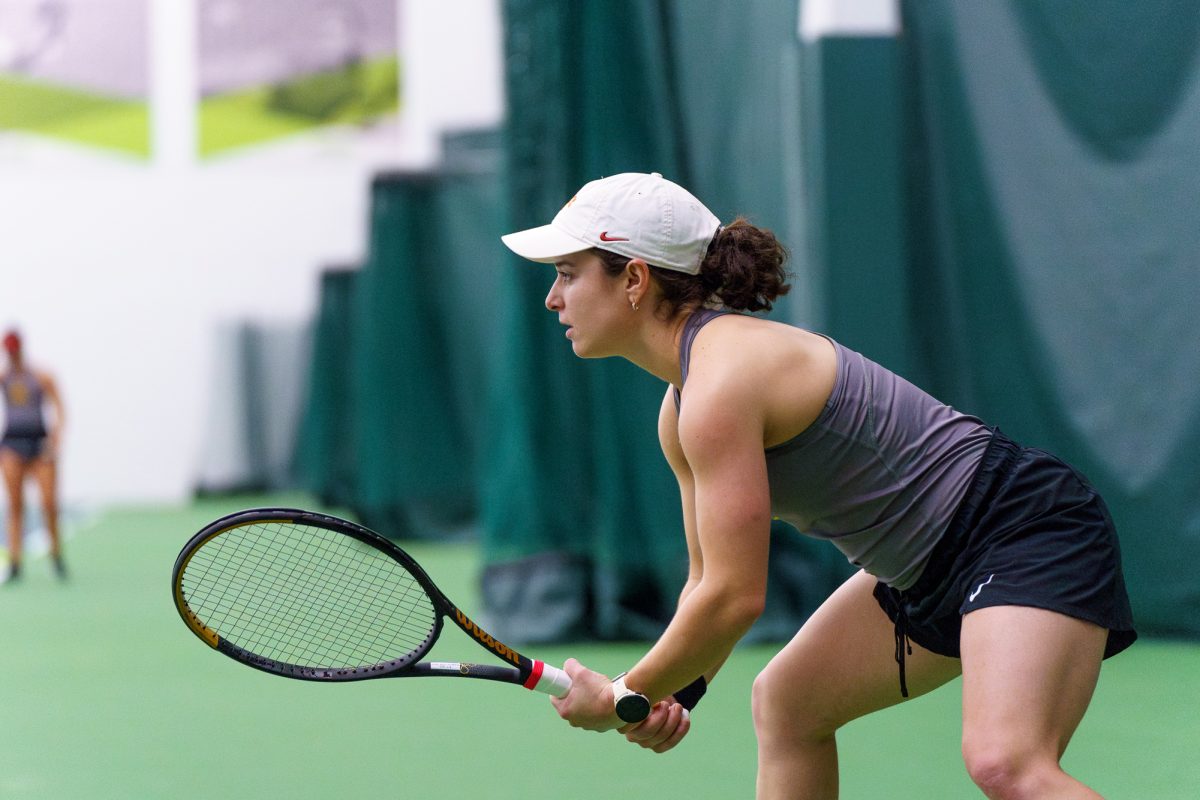Recalling some of Iowa State’s best
October 19, 2007
George Washington Carver
George Washington Carver became the first African-American student at Iowa State University (then known as Iowa State College) in 1891. Although Carver became well known for his advancements in agriculture, he was a very well rounded young man. Carver was a captain of the campus military regiment, a trainer for the athletic teams and even had two paintings displayed at the 1893 World’s Fair in Chicago.
After Carver finished up his bachelor’s degree in 1894, he stayed at Iowa State as a graduate student to further his studies in botany and horticulture. He was appointed to the faculty becoming Iowa State’s first African-American faculty member.
After Carver finished up his masters degree, he took a job at Alabama’s Tuskegee Institute. With his new position, he continued his research in plant breeding.
Carver’s research resulted in the creation of 325 peanut products and hundreds more for soybeans, pecans and sweet potatoes.
He revolutionized Southern agriculture, by developing a crop rotation method. Decades of growing only cotton and tobacco severely depleted the soil in the South, but Carver’s methods of alternatively growing soil enriching crops, such as peanuts and soybeans helped save Southern agriculture.
John Vincent Atanasoff and Clifford Berry
John Vincent Atanasoff and Clifford Berry built the first electronic-digital computer in the world at Iowa State between 1939 and 1942. Atanasoff was an associate professor of mathematics and physics while Berry was a graduate student in electrical engineering whom Atanasoff had picked out to help him on the project.
Atanasoff had been interested in finding ways to find new ways to perform mathematical calculations faster when he started research for the Atanasoff-Berry Computer.
In 1939, the first prototype of the ABC was ready and worked well, but Atanasoff and Berry thought it still needed improvements.
World War II put a stop to upgrades to the ABC, so Iowa State called in a patent lawyer, but the patenting of the ABC was never completed.
A few years later, Presper Eckert and John Mauchly became the first to patent the digital computer and received all of the recognition for the invention.
There was a long trial in 1972 to see who really deserved the patent for first modern computer and it was found the ABC was the original and Mauchly stole many of Atanasoff’s ideas for his computer.
Mildred Day
Mildred Day was a 1928 graduate in home economics and is credited with the creation of Rice Krispie treats. Day worked for Kellogg Co., and first came up with the recipe while using the cereal as a snack for a Camp Fire Girls group.
To honor Day, Iowa State broke a Guinness world record by making the world’s largest Rice Krispie treat. At the 2001 Veishea, students and faculty got together to bake the 2,480-pound treat, which beat the old record by 220 pounds.
Carrie Chapman Catt
Carrie Chapman Catt graduated from Iowa State in 1880, was the valedictorian and the only woman in her graduating class. Catt devoted most of her life to women’s rights and the women’s suffrage movement.
Catt became very active in the North American Women Suffrage Association, and was a delegate to its national convention in 1890. In 1900, she was selected to succeed Susan B. Anthony and became the second president for the NAWSA.
As President, Catt campaigned around the country for women’s suffrage rights. Catt was the catalyst in gaining women’s suffrage at the state level, and lobbied enough for Congress to hear her out.
In 1920, Congress ratified the 19th Amendment, which allowed women the right to vote, all while Catt was still at the helm of the NAWSA.
She returned to Iowa State in 1921 and was the first woman to ever deliver a commencement speech.
Catt was also active in other causes, including world peace. In 1915, she joined with Jane Addams to organize the Women’s Peace Party during World War I.
Catt was one of the most influential women in the fight for women’s suffrage and was elected to the National Women’s Hall of Fame in 1982.
– Information compiled from www.iastate.edu and www.about.com






